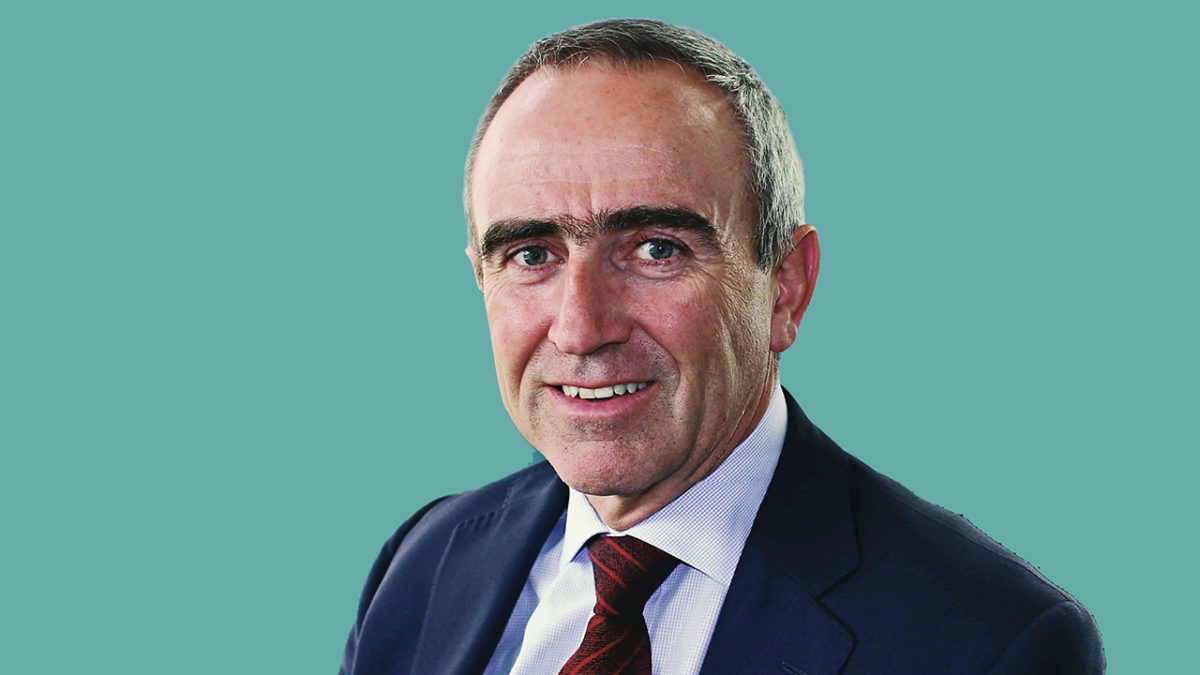Insight puts practice to AA theories
Insight Investment has put the case for active asset allocation for investors over the market cycle, but especially now when both traditional defensive and growth assets are at troubling levels.
In a webinar last week (February 25), Bruce Murphy, the Australia and New Zealand country head for Insight, a BNY Mellon company, said that there was a greater role for asset allocation, including using more “enhanced diversifiers” and alternative growth strategies in the current environment.
He said that while there was an element of FOMO (fear of missing out) in the current share market cycle, which remains at historically high valuations despite some recent mean reversion back towards fairer value, there was also the need for caution.
“You also need agility, because of the price of being defensive can be high,” he said. “The future may be more challenging than the past.”
Murphy and presenters Matt Merritt and Steve Waddington, were speaking to an Insight paper, ‘Asset Allocation Challenges and Opportunities in a World of Low Government Bond Yields’ The paper compares Insight’s global macro multi-asset strategy returns with two standard benchmarks back to 2004.
Merritt, the head of Insight’s multi-asset strategy group, and Waddington, co-deputy head of the team, were two of the lead contributors to the paper. They show that the firm’s Insight Broad Opportunities Fund (IBOF) strategy outperformed both global equities and a 60:40 growth-to-defensive mix over four market cycles in that period.
The IBOF, on which the global-macro process is based, outperformed most during moderating and falling markets, and least – but still outperformed – during accelerating and rising markets.
Merritt said in the webinar: “From a theoretical perspective, the outlook is not as rosy as it has been. “The risk/return balance looking forward is more challenging.” He described valuations as “lofty” with the US still being one of the most expensive markets in the world.
Waddington said that with enhanced diversifiers, the managers looked at what support developed market bonds offered and what carry (the income earned from each estimate less the funding cost). They also look at where the central banks are likely to lean against the market trends.
Convertible bonds, as well as other hybrids, offered a mix of bond and equity characteristics. There was strong demand for convertible bonds from a diversified investor base and numerous hedging options to ensure liquidity, he said. Other diversifiers examined in the paper are infrastructure assets, commodity strategies and index-linked bonds.
While it does not use the terms, Insight’s style is close to what was commonly referred to as tactical asset allocation, which sits at the short end of the investment horizon, rather than dynamic asset allocation as a medium and strategic asset allocation at the longer end.
“Sometimes, economic regimes can last over a year or more – getting close to what we think people refer to as a ‘DAA time frame’, but often our approach to asset allocation suggests more frequent adjustments than suggested by DAA,” Merritt said.
He said that timing with AA was important. “Government bonds have always had positive carry and [historically] delivered reasonable returns, so it was not a big issue. Now, timing becomes more important,” he said.
“The elephant in the room is that we have to try to do a better job with active asset allocation. We have to move the risk/return characteristics around to adjust to the market environment.”











